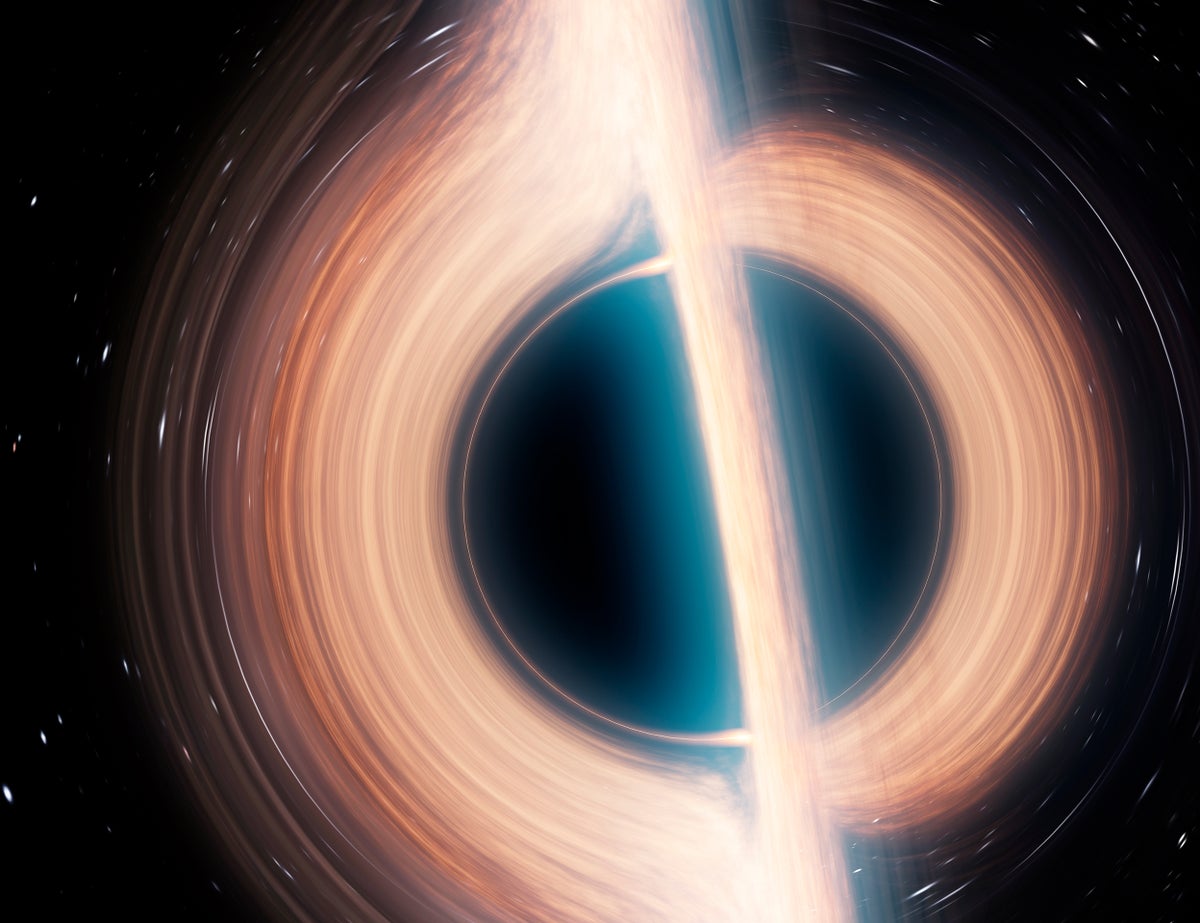
"This work shows that a black hole bomb' can actually be built in the laboratory, providing a solid basis for studying the entire physics of black holes."
"A black hole's gravitational pull is so strong that within a certain distance, nothing can escape itânot even light."
"These massive monsters can spin, distorting spacetime in the process to form a kind of vortex, allowing nearby objects to spiral around them."
"Hendrik Ulbricht's team demonstrated the principle of superradiance using a rotating metal cylinder instead of a black hole, marking a significant experimental milestone."
Researchers have demonstrated the principle of superradiance in a laboratory setting using a rotating metal cylinder, suggesting that a black hole bomb could be theoretically constructed. This work, though not yet peer-reviewed, lays the groundwork for exploring black hole physics more clearly. The foundation of this research highlights the unique properties of black holes, such as their ability to warp spacetime and their massive gravitational pull, which can capture light and influence surrounding objects.
Read at www.scientificamerican.com
Unable to calculate read time
Collection
[
|
...
]